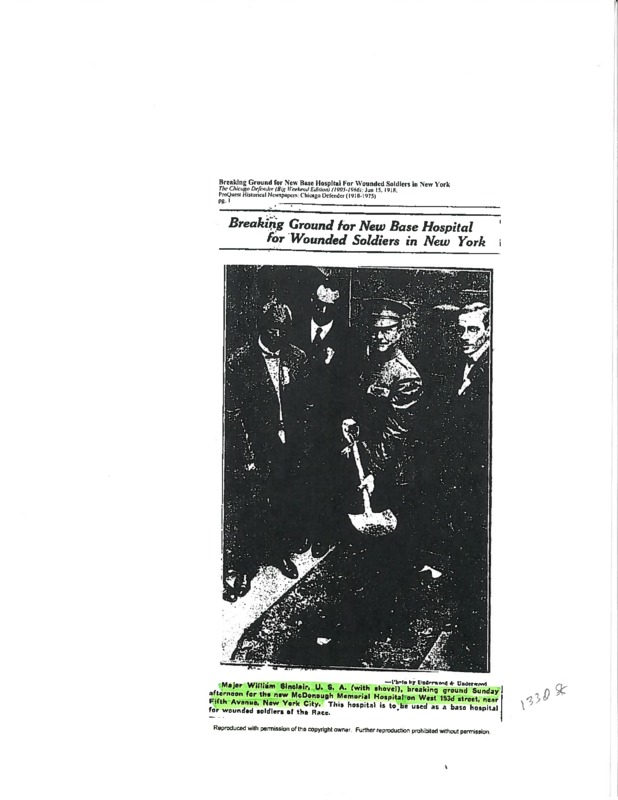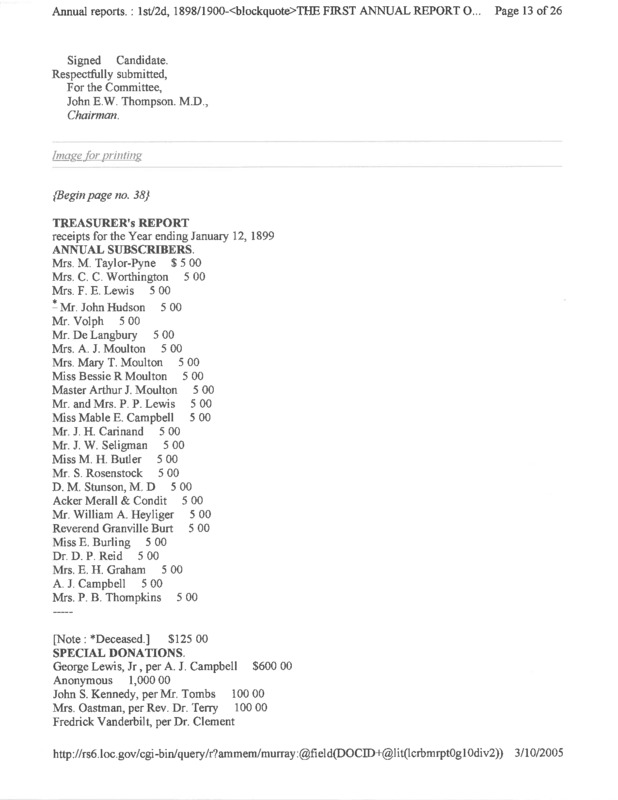David's Medical Career
Medical Career
In 1844, David graduated from Lafayette College as a proud leopard. After graduating, David returned home to request permission from John McDonogh to continue studying medical practice in New York. Soon After, he studies under John K. Rodgers, a well-known physician, at The New York Ear and Eye Infirmary. During McDonogh's time there, the infirmary flourished and found a permanent location. While practicing at the Eye and Ear Infirmary, David also took classes at The Physicians and Surgeons College. In 1847 he completed his studying there. However, he was only sitting in on classes and wasn’t officially registered. Therefore he was not recognized as a graduate but was recognized as a doctor by his colleagues. He eventually married Elizabeth and had two children with only one surviving into adulthood.
Continuing his medical career, he opened his own office in New York at 213 Sullivan Street. He worked there for a few years where he continued his practices even more. In 1963 he tended to the wounded of the New York City Draft Riots. From this work up until he passes away in 1893 there is no substantial information yet found that covers what he was doing in this 30-year span. It is imagined that he was just working out of his office making a living for himself.
Continuing the Practice
In 1895, The McDonogh Memorial Hospital Association was formed. Dr. Peter A. Johnson led the Association. He studied under McDonogh before he passed. In 1898, the Association was able to open the first hospital, The McDonogh Memorial Hospital. Two years later the hospital was closed by the city for lack of standards being met. Multiple attempts were made to collect funding for a second hospital. Donations were taking and the goal was met, however there was no longer a necessity for the hospital, so the plans were abandoned.
Funding
The Donations made to the McDonogh Memorial Hospital went beyond monetary contributions. The McDonogh Memorial Association intended to open the Hospital because they saw the need for a non-segregation infirmary where every creed and color may be served and, if desired, could train in the medical field. The response, in donations, of the community revealed that the Association was right about the need for such a hospital. Monetary contributors included a number of churches including, the St. James Presbyterian Church and the Day Star Baptist Church, a number of concert and entertainment halls, and a plethora of individuals. Donations in materials mainly came from individual and organizational contributors. Materials donated range from linen and toiletries to medical supplies and cutlery. The community found anyway possible to contribute to the Hospitals efforts.


